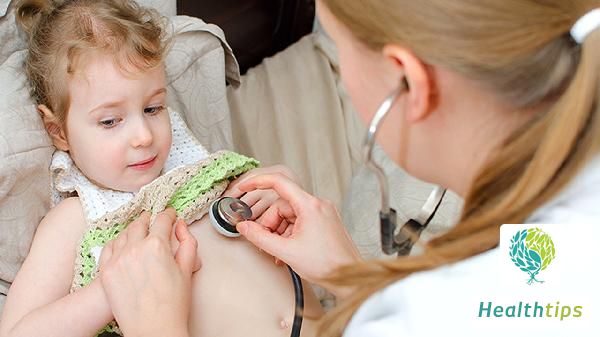What are the common symptoms of stomach drooping?
Gastroptosis is caused by insufficient suspension force of the diaphragm, relaxation of ligaments supporting internal organs, or decreased abdominal pressure and laxity of abdominal muscles, leading to the descent of the greater curvature of the stomach into the pelvic cavity and lowering of the lowest point of the lesser curvature of the stomach below the ilium-sacral joint. It is often accompanied by changes in the duodenal bulb position. In a healthy individual, the stomach is located in the left upper quadrant of the abdominal cavity, with its lowest point not exceeding two horizontal fingers below the navel when standing upright. This relatively fixed position plays a role in maintaining normal gastric function.

What are the Common Symptoms of Gastroptosis?
1. Abdominal distension and upper abdominal discomfort. Patients often describe feelings of fullness, heaviness, and pressure in the abdomen.
2. Abdominal pain. Mainly characterized by persistent dull pain, which typically occurs after meals and is related to the amount of food consumed. Larger food intake leads to longer and more severe pain. Additionally, pain is associated with physical activity, often worsening after meals.
3. Nausea and vomiting. This commonly occurs during post-meal activities, especially after overeating. The ingestion of large amounts of food at once can strain the ligaments of the stomach wall, causing pain that triggers nausea and vomiting.
4. Constipation. Constipation is often persistent and may be due to simultaneous descent of the transverse colon, causing the hepatic and splenic flexures of the colon to form acute angles, slowing down bowel movements.
5. Neuropsychiatric symptoms. Long-term suffering from various symptoms of gastroptosis can lead to neuropsychiatric symptoms such as insomnia, headaches, dizziness, sluggishness, and depression. Additionally, there may be symptoms like low blood pressure, palpitations, and orthostatic syncope.



















